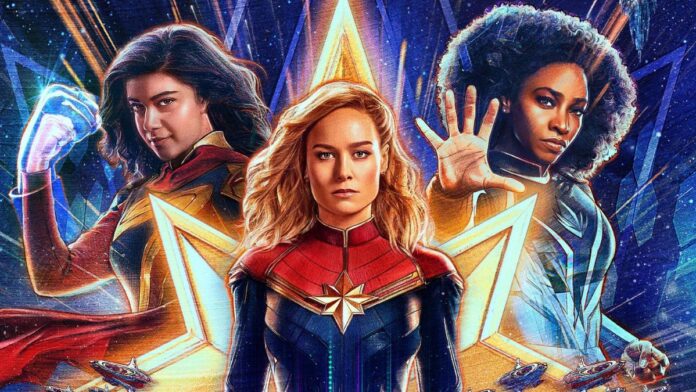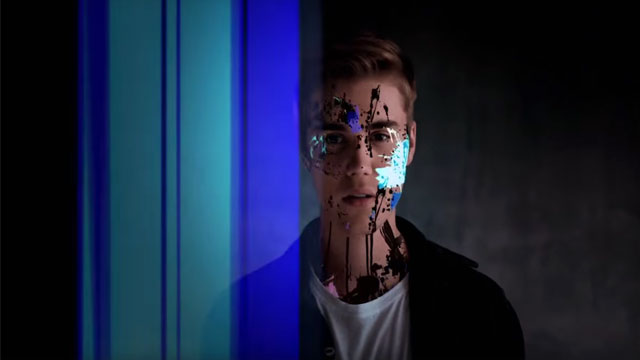Movie trailers are one of the most effective ways to generate interest and excitement for upcoming films. They are short, captivating, and often reveal just enough to make you curious about the plot, the characters, and the visual effects. But how do movie trailers actually work? What is the strategy behind creating buzz and anticipation through pre-release marketing? And what are some of the best examples of successful campaigns that have used movie trailers to boost box office revenue?
What is the impact of movie trailers?
Movie trailers are not just a way to showcase a film’s features and benefits. They are also a way to create an emotional connection with the audience, to evoke curiosity, suspense, humor, or awe, and to persuade them to watch the movie when it comes out.
According to a study by Ma et al. (2014), pre-release movie piracy can cause a 19.1% decrease in revenue compared to piracy that occurs post-release. This means that movie trailers can help protect a film’s profitability by generating positive word-of-mouth and increasing demand before the release date.
Another study by Karniouchina (2008) found that movie buzz, which is the online activity and discussion about a film, can enhance box office receipts during the opening week and can contribute to the public’s anticipation of the movie pre-release. However, the same study also found that early buzz can have a negative impact on revenue during subsequent weeks if the movie fails to resonate with audiences.
Therefore, movie trailers need to strike a balance between creating hype and managing expectations. They need to be intriguing enough to attract attention, but not too revealing or misleading to disappoint viewers.
Do movie trailers help promote a movie?
The answer is yes, but not all movie trailers are equally effective. Some movie trailers are more successful than others in generating buzz and anticipation for their films. This depends on several factors, such as:
– The genre of the film: Some genres, such as action, thriller, horror, or comedy, tend to generate more interest and excitement than others, such as drama, romance, or documentary.
– The target audience: Some movie trailers are tailored to appeal to specific segments of the audience, such as age, gender, culture, or fan base.
– The timing of the release: Some movie trailers come out months or even years before the film’s release date, while others come out weeks or days before. The timing can affect how much anticipation and curiosity the trailer can create.
– The quality of the trailer: Some movie trailers are well-made, with catchy music, stunning visuals, clever editing, and engaging narration. Others are poorly-made, with bland music, dull visuals, sloppy editing, and boring narration.
To illustrate these factors, let’s look at some examples of successful movie trailers that have used different strategies to promote their films.
Why do movie trailers come out so early?
One of the reasons why movie trailers come out so early is to create a sense of anticipation and curiosity among potential viewers. By releasing a teaser trailer or a full trailer months before the film’s release date, filmmakers can generate buzz and word-of-mouth about their project.
For example, one of the most anticipated movies of 2014 was Interstellar, directed by Christopher Nolan. The first teaser trailer for Interstellar came out in December 2013, almost a year before the film’s release date in November 2014. The teaser trailer was only 1 minute and 43 seconds long, and it did not show any footage from the film. Instead, it showed historical images of space exploration and human achievement, accompanied by a voice-over by Matthew McConaughey. The teaser trailer ended with a shot of a spaceship flying into a wormhole, followed by the title of the film.
The teaser trailer was designed to create curiosity and intrigue about the film’s plot and theme. It also appealed to Nolan’s fan base, who were eager to see his next project after The Dark Knight trilogy. The teaser trailer was followed by three full trailers that revealed more details about the film’s story and characters.
According to eStrategy.com (2000), Interstellar had one of the most successful pre-release marketing campaigns, generating over 100 million views on YouTube and over 35 million likes on Facebook. The film also grossed over $677 million worldwide, making it one of the highest-grossing films of 2014.
Another example of a movie that used an early trailer to create anticipation was The Hunger Games, based on the popular novel by Suzanne Collins. The first teaser trailer for The Hunger Games came out in August 2011, seven months before the film’s release date in March 2012. The teaser trailer was only 54 seconds long, and it showed the main character, Katniss Everdeen, running through the woods and shooting an arrow at an off-screen target. The teaser trailer ended with a shot of the logo of the film, followed by the tagline “May the odds be ever in your favor”.
The teaser trailer was designed to appeal to the fans of the book, who were curious to see how the film would adapt the novel. It also introduced the film to a wider audience, who were intrigued by the premise and the genre of the film. The teaser trailer was followed by two full trailers that revealed more scenes and characters from the film.
According to Forbes (2012), The Hunger Games had one of the most successful pre-release marketing campaigns, generating over 8 million views on YouTube and over 3 million likes on Facebook. The film also grossed over $694 million worldwide, making it one of the highest-grossing films of 2012.
How to create buzz and anticipation for your movie: Lessons from successful pre-release marketing campaigns
Based on these examples, we can draw some lessons on how to create buzz and anticipation for your movie using pre-release marketing campaigns:
– Use teaser trailers or full trailers to introduce your film’s genre, theme, plot, and characters. Make sure they are intriguing enough to make viewers want to know more, but not too revealing or misleading to disappoint them.
– Tailor your trailers to your target audience. Use music, visuals, narration, and editing that match their preferences and expectations. Also, use social media platforms, such as YouTube, Facebook, Twitter, or Instagram, to reach them and engage them.
– Release your trailers at strategic times. Consider the seasonality of your film’s genre, the competition from other films, and the availability of your audience. Also, use events, such as awards shows, festivals, or conventions, to generate more exposure and attention for your trailers.
– Monitor and measure the impact of your trailers. Use online tools, such as Google Trends, Google Analytics, or Facebook Insights, to track and analyze the views, likes, comments, shares, and searches related to your trailers. Also, use surveys or focus groups to get feedback from your audience.
By following these tips, you can create buzz and anticipation for your movie using pre-release marketing campaigns. Remember that movie trailers are not just a way to showcase your film’s features and benefits. They are also a way to create an emotional connection with your audience and persuade them to watch your movie when it comes out.







